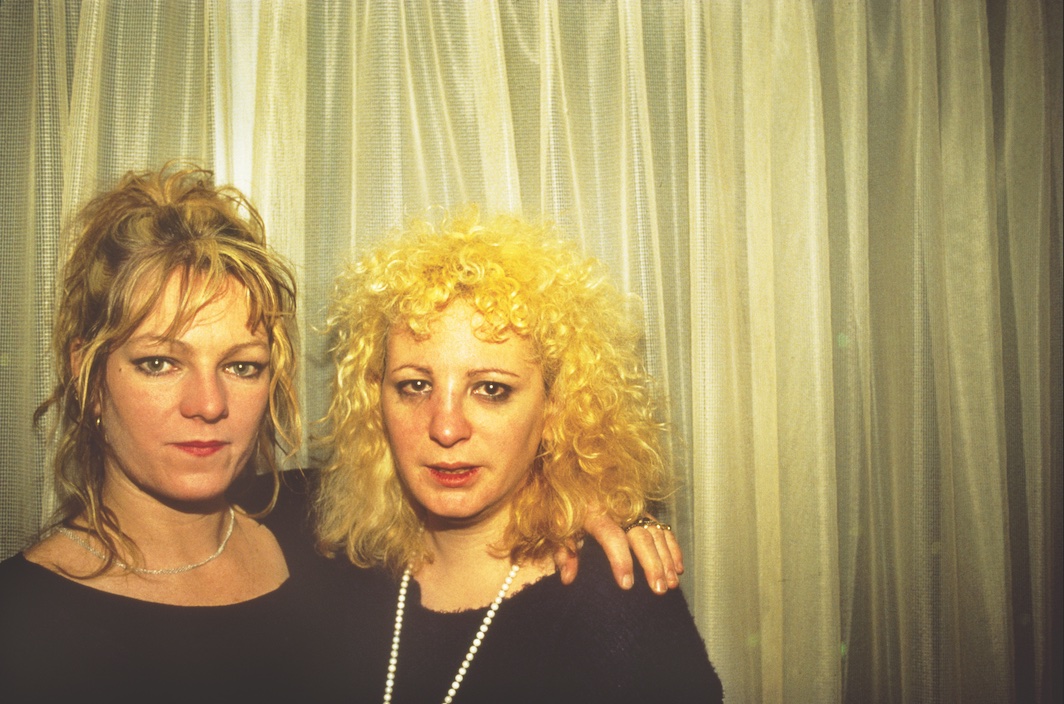
Natasha Stagg

IN COOKIE MUELLER’S 1984 BOOKLET How to Get Rid of Pimples, black-and-white photographs of the author’s pseudonymized friends are presented as befores, dotted with indelible marker, and afters. The diptychs are accompanied by semi-fictional, off-the-wall anecdotes about home remedies. On the cover, Mueller’s own face, photographed by David Armstrong, is stippled in black ink: just a before without an after. Consider the following simile: Growing up is like getting famous. The confusing internal and external changes, the influx of sexual attention, with its addictive qualities, and the magnified sense of shame. There’s a reason Disney Channel shows have found coming-of-fame to be such a useful narrative tool. While the coming-of-age novel often employs supernatural metaphors to explain puberty and its burdens—vampires or werewolves as an allegory of otherness, adult responsibility, and animal desire—burgeoning fame may offer a way to understand adolescence that’s closer to home, even as it remains intriguingly alien. The following books are not about superstars. Instead, they